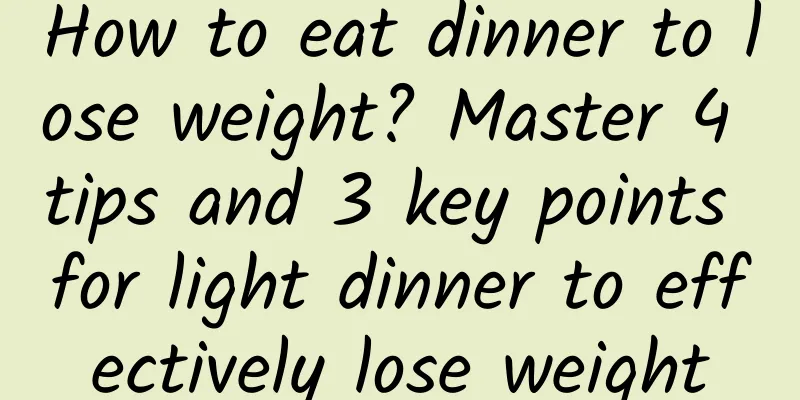What are the symptoms of adnexitis?

|
When adnexitis is inflamed, symptoms such as lower abdominal pain, abnormal vaginal discharge and fever may occur, which can be relieved through medication, physical therapy and lifestyle adjustments. Adnexitis is usually caused by bacterial infection, and common pathogens include gonococci, chlamydia, etc. The infection routes include ascending infection, blood transmission and spread of inflammation to adjacent organs. 1. Lower abdominal pain is a typical symptom of adnexitis, which manifests as persistent or intermittent dull pain, which can radiate to the lumbosacral region in severe cases. The degree of pain is related to the extent of inflammation, and the pain is more obvious when both sides of the adnexa are affected. The pain is severe in the acute phase, and manifests as dull pain or a feeling of heaviness in the chronic phase. The pain may be accompanied by sexual intercourse pain or urination discomfort. 2. Abnormal vaginal discharge is manifested by increased secretion, color change or abnormal odor. In acute adnexitis, the vaginal discharge is purulent or bloody, and in the chronic stage it is yellow or yellow-green. Some patients may experience vulvar itching or burning sensation. Abnormal vaginal discharge is the result of increased glandular secretion caused by inflammatory stimulation. 3. Fever is a manifestation of systemic inflammatory response. The body temperature can rise to above 38°C, accompanied by systemic symptoms such as chills and fatigue. Fever is obvious in acute adnexitis, and can be manifested as low-grade fever or normal body temperature in the chronic stage. The degree of fever is related to the severity of inflammation. Severe infections may cause persistent high fever. In terms of drug treatment, antibiotics are the main treatment method, and commonly used drugs include ceftriaxone, azithromycin and metronidazole. Physical therapy can use hot compresses, infrared irradiation and other methods to relieve pain. Lifestyle adjustments include keeping the vulva clean, avoiding excessive fatigue and sexual hygiene. In terms of diet, it is recommended to consume more foods rich in vitamin C, such as citrus fruits, to enhance immunity. Regular gynecological examinations can help detect and treat adnexitis early and prevent chronic inflammation. The symptoms of adnexitis need to be taken seriously. Seeking medical attention promptly and following the doctor's advice is the key to relieving symptoms and preventing complications. Maintaining good living habits and hygiene habits can help reduce the risk of recurrence of adnexitis and maintain the health of the reproductive system. |
<<: TCM name for secondary amenorrhea
>>: How to treat endometriosis with drugs
Recommend
Let’s learn about the precautions for cervicitis
Women must do a good job of preventing cervicitis...
How much does it cost to treat Bartholinitis?
We usually cannot feel Bartholinitis, and it can ...
How much do you know about the treatment of pelvic inflammatory disease?
Pelvic inflammatory disease is a common disease, ...
Amenorrhea Square Fungus Walnut Candy
Pubertal amenorrhea refers to a situation in whic...
Treatment of gynecological adnexitis in the elderly
Adnexitis requires appropriate treatment based on...
Causes of endometrial tuberculosis
Sometimes in life, when we suffer from a special ...
Overeating due to stress will make you gain more weight! Nutritionist: 5 tips to avoid emotional eating and avoid obesity
Faced with the epidemic and the high pressure of ...
Can miscarriage be cured?
Many women suffer from habitual miscarriages beca...
Is cervical erosion very harmful? In fact, cervical erosion is not that scary.
Cervical erosion is very common among women of ch...
Will you lose weight by eating light food? Eat every day to lose weight faster? Debunking 3 Light Meal Myths
As the weather gets warmer, it is time to eat lig...
A brief discussion on how to prevent vaginitis among white-collar women
Vaginitis is a common gynecological inflammation,...
Experts explain the reasons why dysmenorrhea still occurs after marriage
In real life, most dysmenorrhea patients will gra...
Start simple! 4. High degree of execution of weight loss exercise
"Eat less + exercise more" is the uncha...
Early symptoms of vaginitis: 3 signs of vaginitis that women must know
For most women, vaginitis is a very annoying and ...
What is the cause of premature ovarian failure?
What are the causes of premature ovarian failure?...









